(see-SIL)professional maker of puns and sarcastic comments⚛️☯️💟🚺
234 posts
Latest Posts by rainbow-submarine-blog - Page 4


It’s gettin darker 🖤☄️
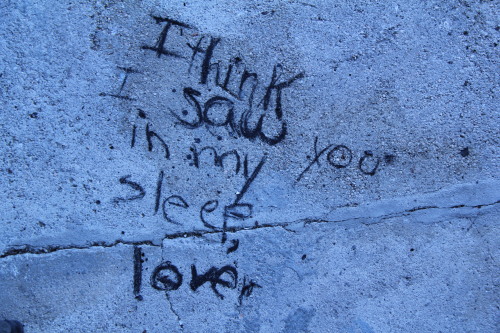

Sunset Sea
老凌
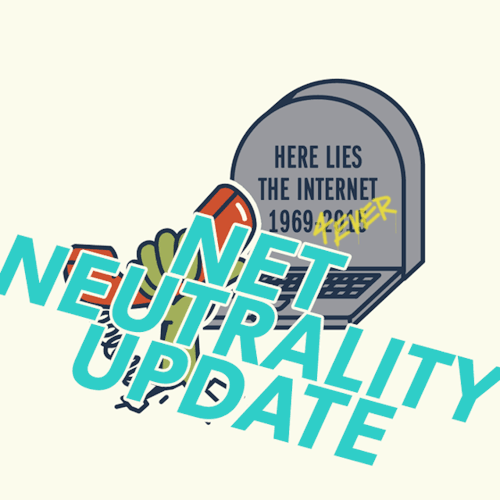
🚨 The internet needs you 🚨
You’re up again, Tumblr.
Back in 2015 you demanded that the FCC adopt strict net neutrality rules and establish a free and open internet. And you won.
That should’ve been the end of it. But apparently not.
The new head of the FCC wants to undo the net neutrality protections you fought so hard for.
His proposed changes open the door to your web traffic being slowed down, or even blocked altogether. You could be forced to pay extra to use your favorite apps. You could even be prevented from getting news from the sources you trust.
Title II protects consumers and democracy by ensuring all voices can be heard.
You know the drill. Here’s what to do:
The FCC is taking comments from the public, and dearfcc.org is making it as simple as possible for you to make your voice heard.
Go there now 👉 dearfcc.org ✌️
You’ll just need to provide a name, an address, and then say a little bit about why rolling back Title II protections is a bad idea. If you’re not quite sure what to write, here’s something to get you started:
I’m writing to urge you to keep our Open Internet rules based on Title II in place. Without them, we could lose the internet as we know it.
The proposed changes to FCC rules would allow fast lanes for sites that pay, and force everyone else into slow lanes. We’ve already seen access to streaming services like Netflix, popular games like League of Legends, and communication platforms like FaceTime slowed down, or even blocked. Conditions like this hurt businesses large and small, and penalize the users who patronize them.
The changes also open the door to unfair taxes on internet users, and could also make it harder for blogs, nonprofits, artists, and others who can’t pay up to have their voices heard.
Please leave the existing net neutrality rules based on Title II in place.
Thank you!
If you need more ammo, feel free to quote these experts from our net neutrality Issue Time. TechCrunch and Battle for the Net also have some good starters.
Everyone is counting on everyone else here. Do your part and tell the FCC to keep a free and open internet under Title II.
What’s Up for July 2017
Prepare for the August total solar eclipse by observing the moon phases this month. Plus, two meteor showers peak at the end of July.

Solar eclipses occur when the new moon passes between the Earth and the sun and moon casts a traveling shadow on Earth. A total solar eclipse occurs when the new moon is in just the right position to completely cover the sun’s disk.

This will happen next month on August 21, when the new month completely blocks our view of the sun along a narrow path from Oregon to South Carolina.

It may even be dark enough during the eclipse to see some of the brighter stars and few planets!

Two weeks before or after a solar eclipse, there is often, but not always, a lunar eclipse. This happens because the full moon, the Earth and the sun will be lined up with Earth in the middle.

Beginning July 1, we can see all the moon’s phases.

Many of the Apollo landing sites are on the lit side of the first quarter moon. But to see these sites, you’ll have to rely on images for lunar orbiting spacecraft.

On July 9, the full moon rises at sunset and July 16 is the last quarter. The new moon begins on July 23 and is the phase we’ll look forward to in August, when it will give us the total solar eclipse. The month of July ends with a first quarter moon.

We’ll also have two meteor showers, both of which peak on July 30. The Delta Aquarids will have 25 meteors per hour between midnight and dawn.

The nearby slow and bright Alpha Capricornids per at 5 per hour and often produce fireballs.
Watch the full video:
Make sure to follow us on Tumblr for your regular dose of space: http://nasa.tumblr.com
Let Us See Jupiter Through Your Eyes

Our Juno spacecraft will fly over Jupiter’s Great Red Spot on July 10 at 10:06 p.m. EDT. This will be humanity’s first up-close and personal view of the gas giant’s iconic 10,000-mile-wide storm, which has been monitored since 1830 and possibly existing for more than 350 years.

The data collection of the Great Red Spot is part of Juno’s sixth science flyby over Jupiter’s mysterious cloud tops. Perijove (the point at which an orbit comes closest to Jupiter’s center) will be July 10 at 9:55 p.m. EDT.

At the time of perijove, Juno will be about 2,200 miles above the planet’s cloud tops. Eleven minutes and 33 seconds later…Juno will have covered another 24,713 miles and will be directly above the coiling crimson cloud tops of the Great Red Spot. The spacecraft will pass about 5,600 miles above its clouds.
When will we see images from this flyby?
During the flyby, all eight of the spacecraft’s instruments will be turned on, as well as its imager, JunoCam. Because the spacecraft will be collecting data with its Microwave Radiometer (MWR), which measures radio waves from Jupiter’s deep atmosphere, we cannot downlink information during the pass. The MWR can tell us how much water there is and how material is moving far below the cloud tops.
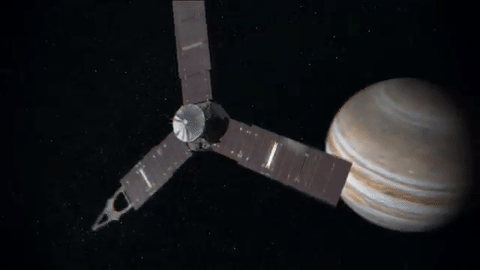
During the pass, all data will be stored on-board…with a downlink planned afterwards. Once the downlink begins, engineering data from the spacecraft’s instruments will come to Earth first, followed by images from JunoCam.
The unprocessed, raw images will be located HERE, on approximately July 14. Follow @NASAJuno on Twitter for updates.
Did you know you can download and process these raw images?
We invite the public to act as a virtual imaging team…participating in key steps of the process, from identifying features of interest to sharing the finished images online. After JunoCam data arrives on Earth, members of the public can process the images to create color pictures. The public also helps determine which points on the planet will be photographed. Learn more about voting on JunoCam’s next target HERE.

JunoCam has four filters: red, green, blue and near-infrared. We get red, green and blue strips on one spacecraft rotation (the spacecraft rotation rate is 2 revolutions per minute) and the near-infrared strips on the second rotation. To get the final image product, the strips must be stitched together and the colors lined up.
Anything from cropping to color enhancing to collaging is fair game. Be creative!
Submit your images to Juno_outreach@jpl.nasa.gov to be featured on the Mission Juno website!
Check out some of these citizen-scientist processed images from previous Juno orbits:

Credit: Sean Doran (More)

Credit: Amelia Carolina (More)

Credit: Michael Ranger (More)

Credit: Jason Major (More)
Make sure to follow us on Tumblr for your regular dose of space: http://nasa.tumblr.com
Gen X
I'm starting to think Gen X has the right idea.

When doubts bring you down and inspiration is fleeting, listen to your soul.

“St. Lawrence Sailboat” by Great Wide World Photography
A sailboat spends the night before entering the Rideau Canal from the St. Lawrence River in Ottawa, Ontario.
See more here

she disappeared on the horizon
by Denny Bitte


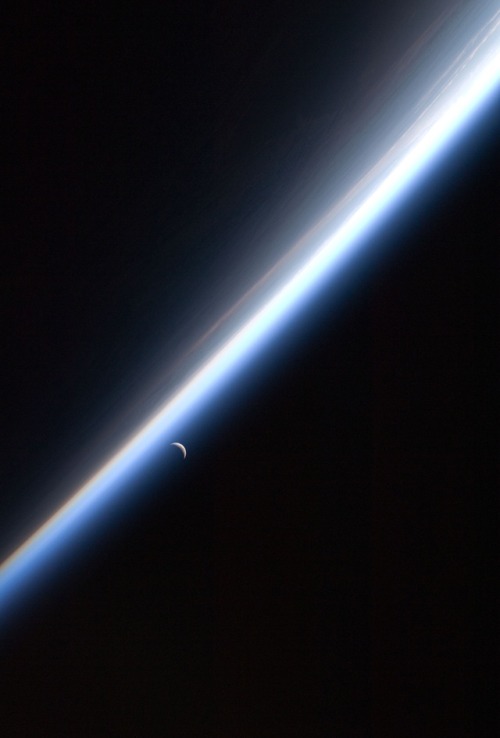
Crescent Moon and Earth’s Atmosphere Seen by International Space Station
Credit: NASA
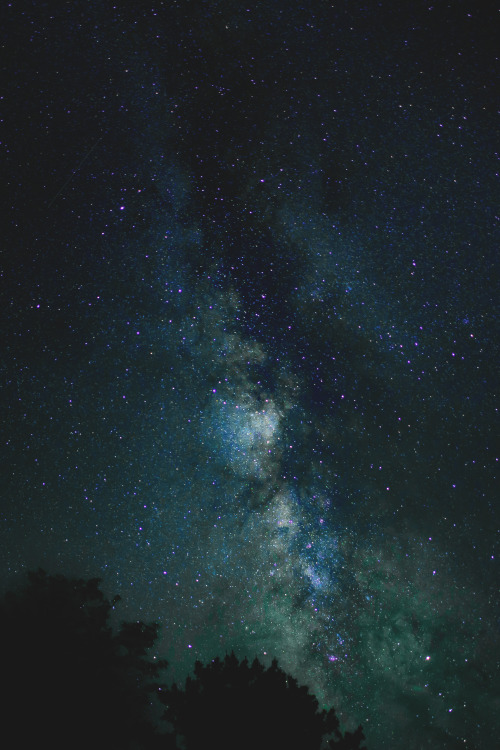
Chatham, United States | Nathan Anderson

Untitled | benjhicks






look with your heart
by Denny Bitte



hermione jean granger


The Republic, Columbus, Indiana, May 8, 1893


tell me how to forget you


It’s just a spark, but it’s enough to keep me going


Ludwig Willem Reymert Wenckebach (1860-1937), “In De Muizenwereld” by Agatha Snellen, 1894 Source
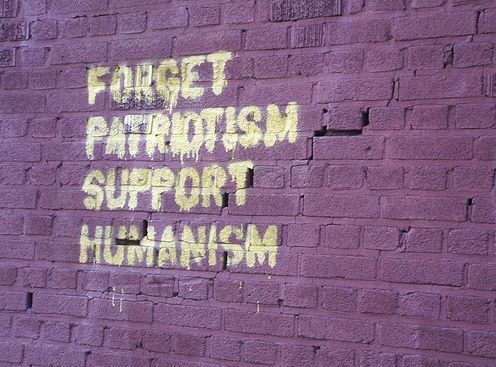

The Bremen Enquirer, Indiana, July 24, 1930

SLYTHERIN: “I am a great believer that anything not expressly forbidden is explicitly allowed.” -Garth Nix (Mogget: Clariel)